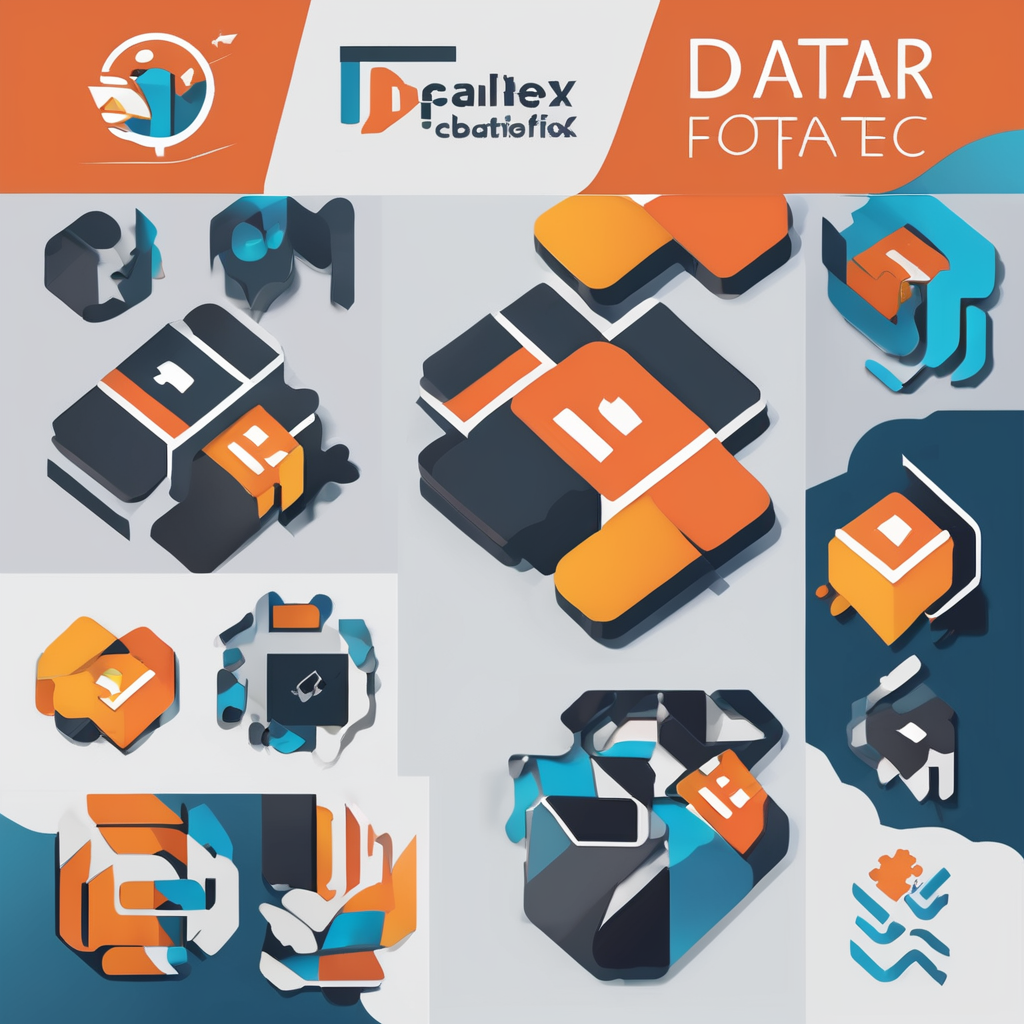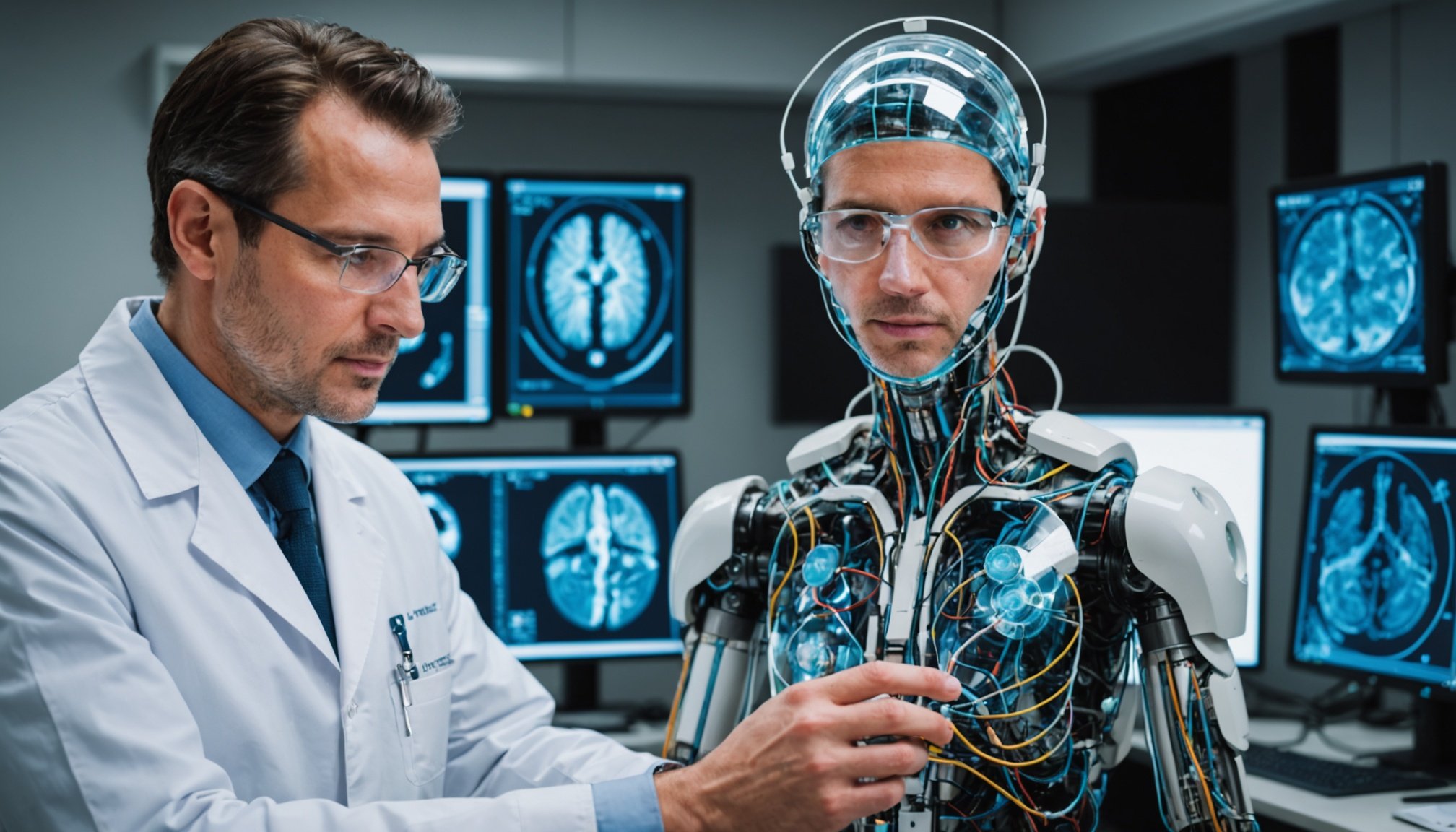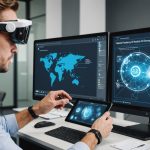Innovative AI Technologies in Healthcare Diagnostics
Artificial intelligence has revolutionized healthcare diagnostics, introducing unprecedented precision and efficiency. Current AI technologies include image recognition systems used in radiology, pathology, and dermatology, where machine learning algorithms analyze medical images swiftly and accurately. This not only enhances diagnostic accuracy but significantly reduces the time required for results.
Another groundbreaking advancement is the development of natural language processing (NLP) for patient data analysis. NLP allows healthcare providers to extract meaningful insights from vast amounts of unstructured data, such as patient records and clinical notes, thereby improving the thoroughness of diagnosis. This technology aids doctors in understanding patient history and symptoms more comprehensively, leading to better-targeted treatment plans.
Also to discover : Unlocking sustainability with plm software in product development
Machine learning algorithms drive much of this evolution, offering remarkable improvements in recognizing patterns and predicting disease outcomes. These algorithms learn from extensive datasets, enhancing their diagnostic capabilities over time. As such, AI is an invaluable partner in early disease detection and personalized medicine, offering hope for improved patient outcomes.
The seamless integration of artificial intelligence into diagnostics is transforming healthcare, bridging the gap between cutting-edge technology and patient care. It underscores a future where healthcare systems are faster, more accurate, and more efficient, ultimately benefiting practitioners and patients alike.
Additional reading : Key considerations for building an effective ai-driven content recommendation system
Successful Case Studies of Real-Time AI Integration
The integration of real-time applications of artificial intelligence (AI) in healthcare has yielded promising results. Healthcare institutions across the globe are leveraging AI to streamline diagnostics, reduce waiting times, and enhance accuracy. These success stories highlight the transformative potential of AI in healthcare settings.
One notable example involves the use of AI in radiology departments where hospitals employ AI systems to analyse medical images in real-time. This innovative application has improved diagnostic turnaround, enabling physicians to make quicker, informed decisions about patient care.
Another case study reveals how a hospital implemented AI for immediate diagnostics within the emergency department. The AI system accelerates the triage process by instantly analysing vital signs and symptoms, swiftly identifying serious conditions that require urgent attention.
Comparisons across different healthcare settings reveal that the consistency and precision of AI can vary based on the system utilised and the environment. Nonetheless, these implementations showcase AI’s significant impact on diagnostics, offering insights into how real-time AI applications are continually optimizing healthcare processes. These enhance patient care by providing timely, accurate information that is crucial for effective treatment.
Expert Opinions on AI in Healthcare Diagnostics
The implementation of artificial intelligence in healthcare diagnostics has sparked varied insights from experts in the field. Healthcare professionals have raised concerns about challenges surrounding data privacy and regulatory compliance, emphasising the need for stringent protection of patient information. However, they also acknowledge the efficiency gains AI presents, especially in enhancing diagnosis speed and accuracy.
From a technical standpoint, developers and scientists working on healthcare technology foresee ongoing advancements in diagnostic innovation. They predict that soon, machine learning algorithms will become more sophisticated, further improving predictive analytics and personalised patient care. Tech innovators stress the importance of continuous collaboration between healthcare experts and AI developers to address the gap in training and resources.
Additionally, experts express optimism about AI’s potential to revolutionise global healthcare systems. They envision AI tools and platforms that could transform diagnostics across diverse sectors, ultimately leading to improved patient outcomes worldwide. While acknowledging implementation challenges, these opinion pieces reflect a positive outlook on AI as a catalyst for significant healthcare advancements, aligning with the ongoing trend of AI integration in diagnostics.
Benefits of Integrating AI in Diagnostic Processes
Embracing artificial intelligence in healthcare diagnostics yields multiple benefits, enhancing efficiency and accuracy. AI powered technologies streamline patient diagnosis by processing vast data rapidly, leading to faster decision-making. This efficiency reduces the waiting times patients often experience, allowing healthcare professionals to utilise their time more effectively.
AI reduces human error, a critical concern in healthcare where precision is paramount. By assisting in patient diagnostics, AI systems can identify patterns and anomalies that might be missed by human eyes, thus enhancing diagnostic accuracy. These improvements directly contribute to better patient outcomes, as AI’s predictive analytics can forecast potential health risks and recommend preventive measures.
Predictive analytics, a standout feature of AI, aids in crafting personalized treatment plans tailored to individual patient needs. AI’s ability to analyze historical health data and predict future risks empowers healthcare providers to take proactive steps. Furthermore, as AI technologies advance, the integration of these capabilities promises even greater insights into complex medical conditions, continuously improving patient care. This progressive integration of AI is revolutionizing diagnostic processes, offering hope for a more efficient and accurate healthcare system.
Challenges in Implementing AI in Healthcare Diagnostics
In the realm of healthcare diagnostics, introducing artificial intelligence presents several implementation challenges that merit attention. A significant concern is data privacy, as the integration of AI increases the volume and sensitivity of digital patient records. Ensuring that these records remain secure is imperative, as breaches could compromise patient trust and healthcare outcomes. This requires robust encryption and compliance with stringent data protection regulations, demanding regulatory compliance.
Moreover, the regulatory landscape for AI technologies in healthcare is complex. Navigating these regulations requires clarity and adaptations to existing protocols to ensure safe and ethical AI adoption. The challenge intensifies with the vast amount of data AI processes, which necessitates aligning with local and international healthcare standards.
Addressing the gap in training and resources is another challenge. Healthcare professionals must be equipped with the necessary skills to use AI technologies effectively. Training programs and resources are essential to bridge this gap, ensuring that AI tools enhance rather than hinder diagnostic processes. By tackling these challenges through collaboration and innovation, the potential of AI in transforming diagnostics can be fully realised, paving the way for more efficient and secure healthcare systems.
Future Trends in AI and Healthcare Diagnostics
The future of AI in healthcare diagnostics is teeming with potential, heralding advancements that could redefine the industry. Predictions suggest an acceleration in diagnostic innovation, driven by more sophisticated AI technologies learning from diverse datasets. These enhancements promise increased accuracy, enabling earlier detection of complex diseases.
Emerging tools and platforms aim to integrate the latest AI capabilities seamlessly within healthcare systems. Such integrations focus on enhancing human-AI collaboration, ensuring that medical professionals can efficiently use these technologies without significant disruptions. These systems are designed to provide more intuitive user interfaces, simplifying data interpretation and boosting confidence in AI-driven diagnostics.
Globally, the anticipated impact of AI on healthcare systems over the next decade is profound. Experts forecast that AI will facilitate connections between global healthcare providers, standardizing diagnostic procedures and sharing insights across borders. This connectivity could lead to improved patient outcomes and more equitable access to cutting-edge diagnostic technologies.
In summary, the dedicated efforts in healthcare technology development fuel optimism for a future where AI not only complements human expertise but elevates healthcare standards worldwide.
Visualizing AI Integration in Healthcare Diagnostics
With the rise of artificial intelligence in healthcare diagnostics, visual representations can effectively depict its transformative impact. Infographics have become a crucial tool in illustrating how AI technologies enhance diagnostics, offering clear and concise visual insights.
Infographics capture the increased efficiency that real-time applications afford in healthcare settings. By comparing pre-and post-AI diagnostic outcomes, these visuals highlight enhanced speed and accuracy in patient assessments. Such visual aids underscore the stark reduction in diagnostic times, thanks to AI systems that process data with unparalleled swiftness.
Furthermore, charts and graphs play a pivotal role in conveying growth trends in AI usage. They provide intuitive comparisons, demonstrating rising adoption rates across global healthcare institutions. These graphical elements also depict the ongoing upward trajectory of AI capabilities, particularly in pattern recognition and predictive analytics.
By harnessing data visualization, experts can communicate success stories effectively. These visuals not only share compelling narratives of innovation but also offer healthcare professionals a clearer understanding of AI’s potential. Ultimately, infographics and visual aids serve as powerful tools in detailing the far-reaching impacts of AI integration within diagnostics, enabling informed decision-making and fostering wider acceptance.











